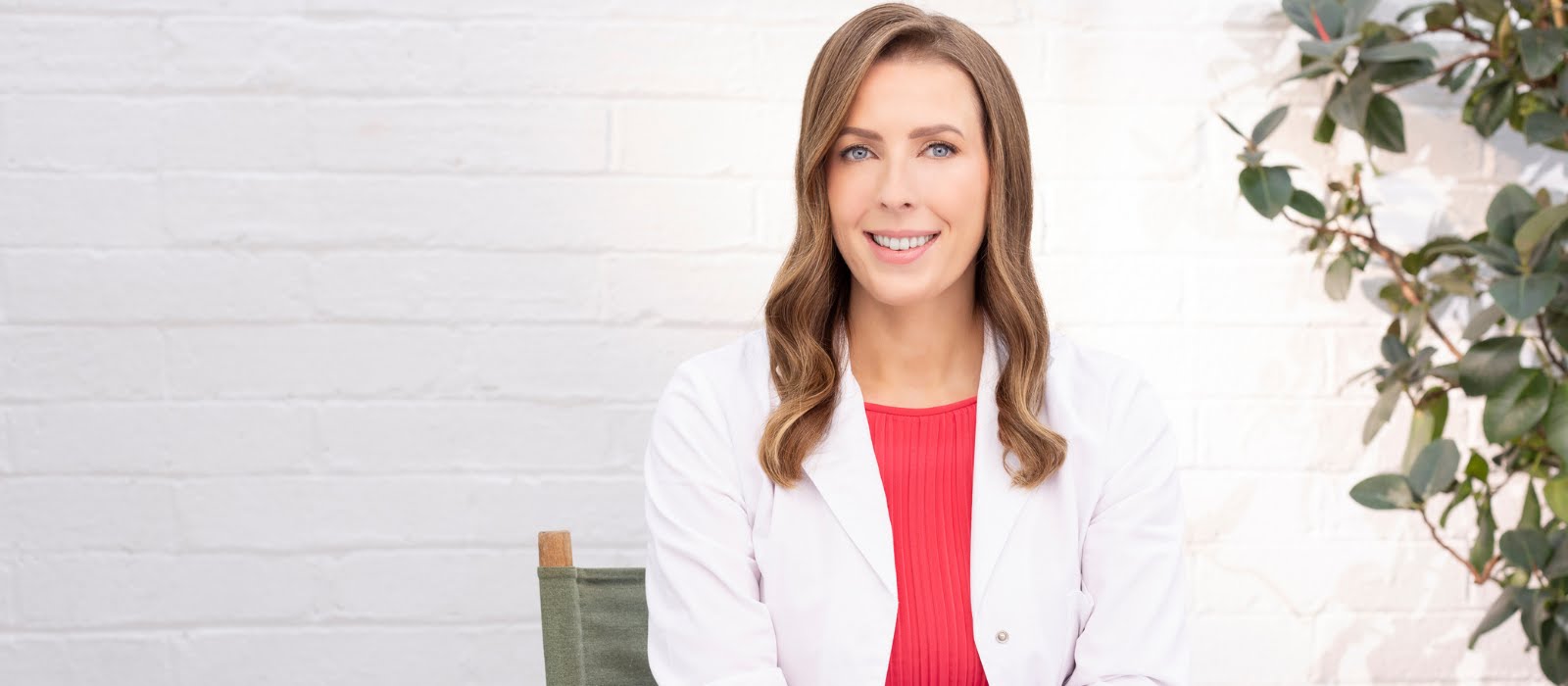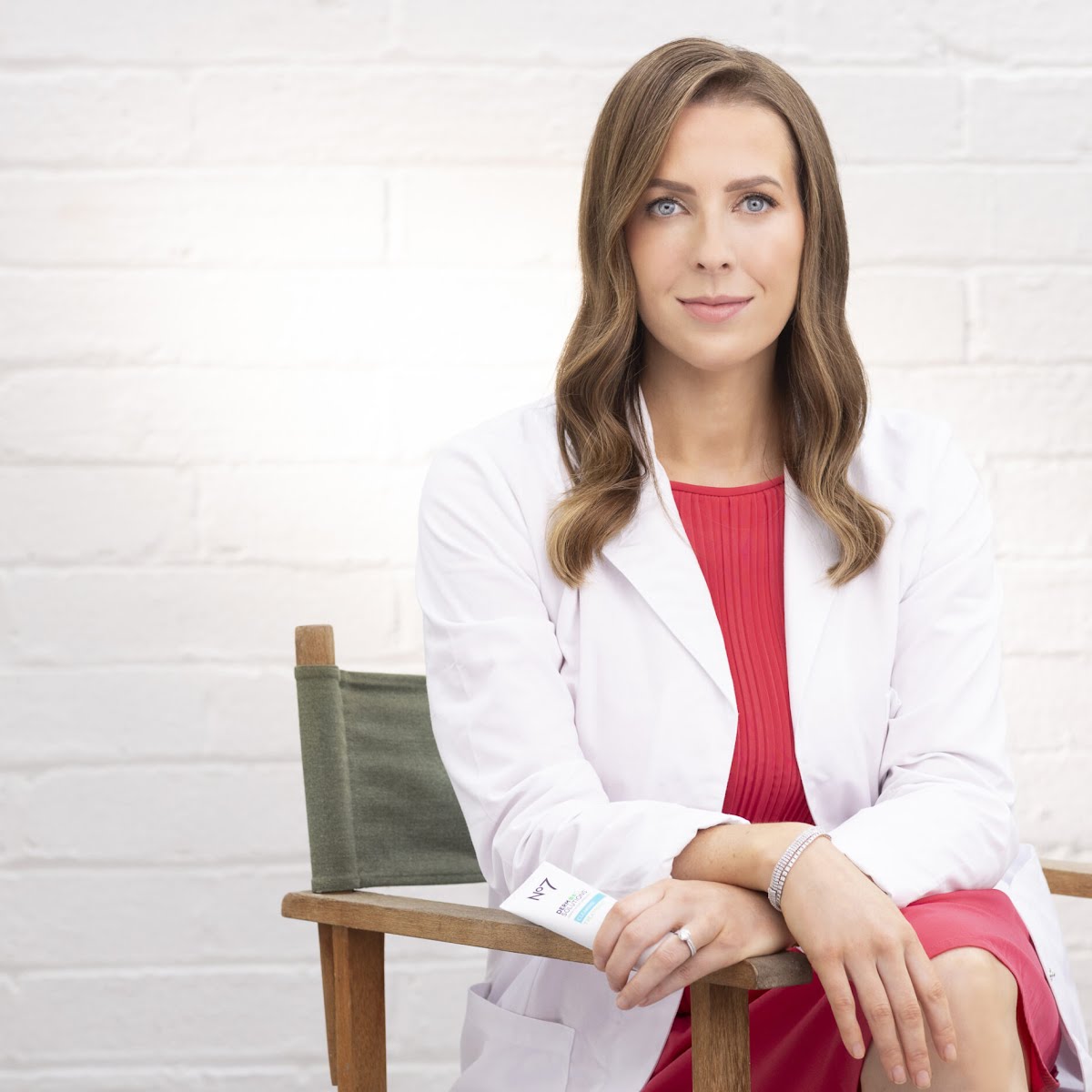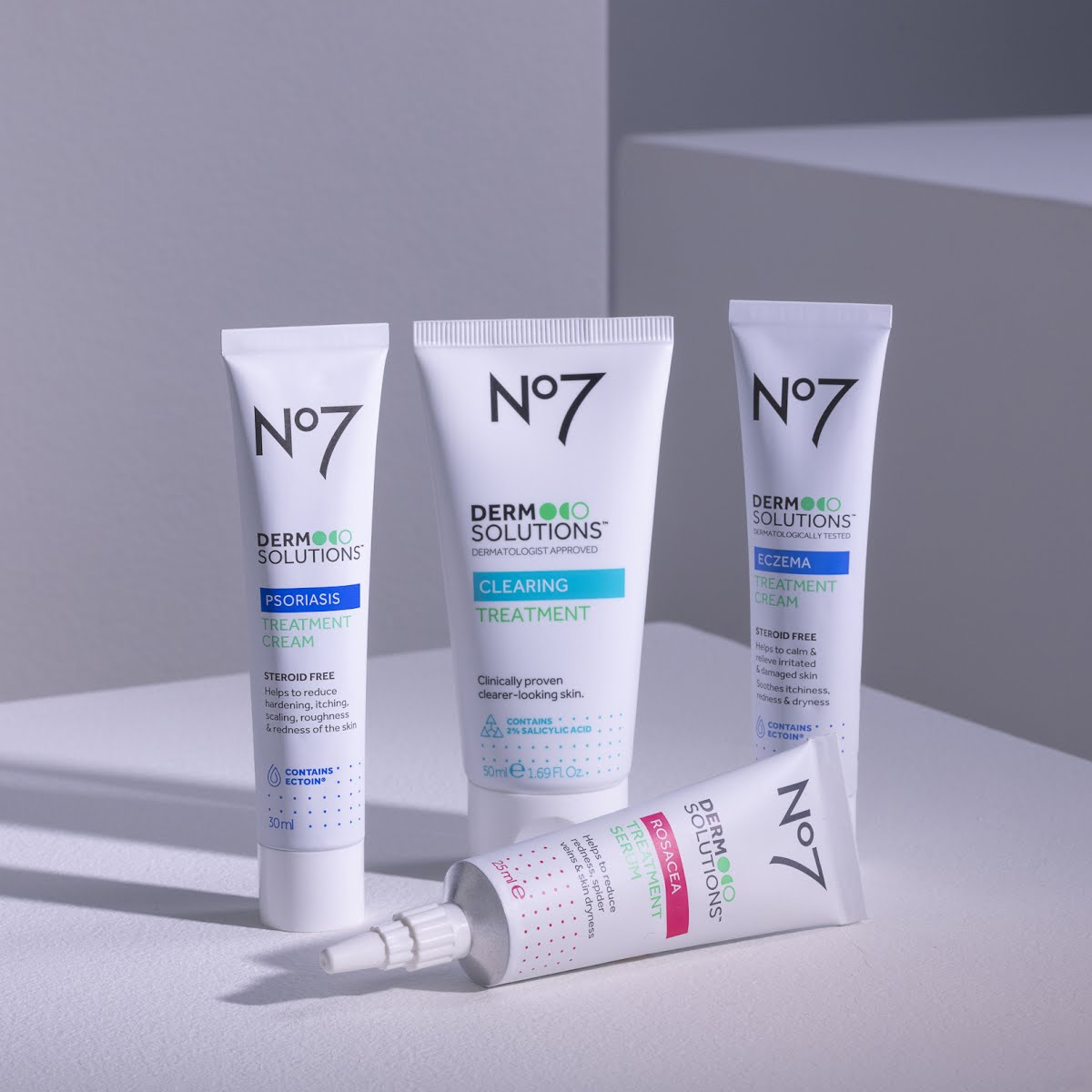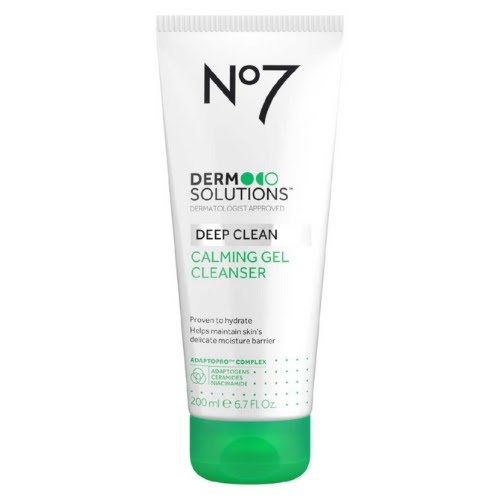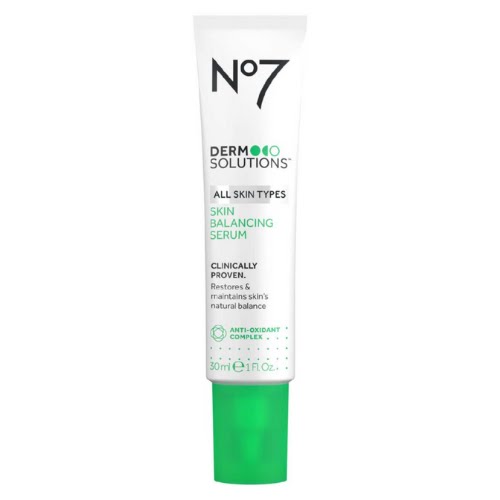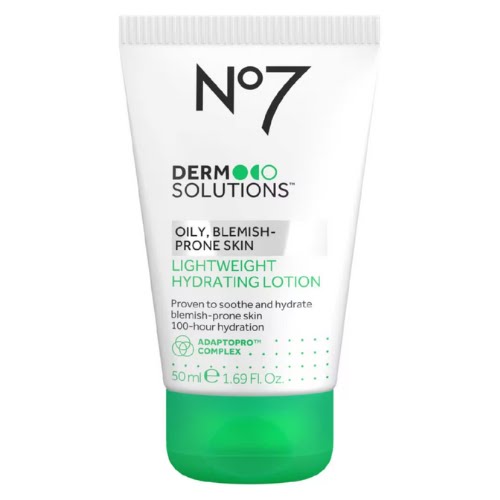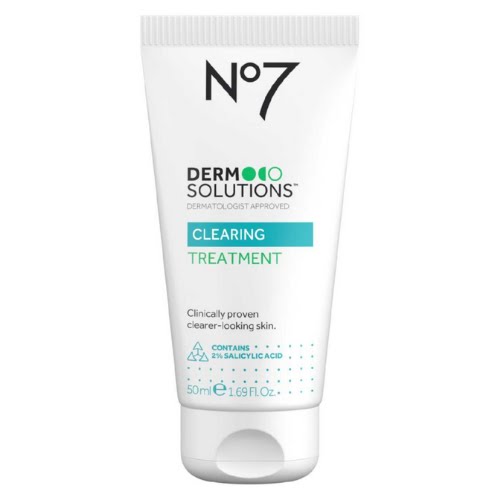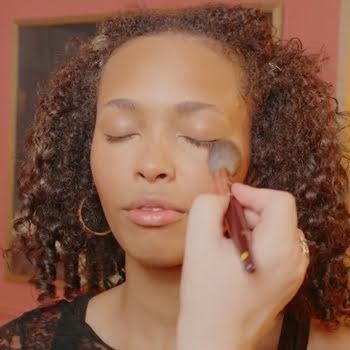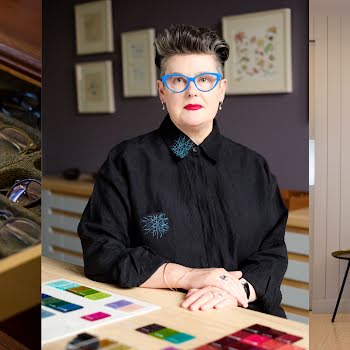
A dermatologist’s guide to caring for hormonal skin


We asked Professor Eleanor Higgins, consultant dermatologist, everything you need to know about hormonal skin changes.
Why do blemishes always seem to rear their ugly (and angry) heads right before an important event? It’s like they’re watching your calendar and planning their big break for the most inconvenient time possible.
To help you get ahead of pesky spots, we asked Prof. Eleanor Higgins (Institute of Dermatologists, Blackrock Clinic) to share everything she knows about hormonal skin, from when to expect flare-ups to how to stop symptoms in their tracks.
Specialising in medical and cosmetic dermatology, she frequently helps patients with hormonal skin issues. The first step, she says, is diagnosing them…
What is hormonal skin and when does it occur?
“Hormonal skin is the change in your skin quality that occurs during hormonal fluctuations in your life like puberty. Usually during these stages, there’s an increase in the androgen hormones that drive oil production and can cause blemishes, spots and various skin changes.”
However, hormonal skin isn’t just limited to these life stages, says Dr Higgins. In fact, 20% of adult women still experience ongoing spots in their 20s*. While hormonal blemishes are often caused by hormonal fluctuations, they can be caused by environmental triggers as well.
How do I know if I’m experiencing hormonal skin?
“In addition to the typical presentation of blemishes and spots, the symptoms of hormonal skin include uneven skin tone, textural changes, feelings of congestion, dryness, sensitivity and potentially scarring in severe cases if it’s left untreated.
“Hormonal skin can present in many different ways. It’s important that people recognise these changes, seek a solution and try to prevent long-term complications.”
What triggers hormonal blemishes and how can I avoid them?
“Hormones are the main trigger, but in addition to that, certain lifestyle and environmental triggers can affect the skin and worsen hormonal fluctuations. For example, I frequently see people who’ve undergone periods of stress, sleep deprivation, and hormonal medication changes – all of these place more stress on your body which has a knock-on effect leading to blemishes.”
What skincare ingredients help care for hormonal skin problems?
“Hero ingredients for hormonal skin include salicylic acid, benzoyl peroxide, zinc, retinoids and azelaic acid.
“Salicylic acid is a hydroxy acid that helps promote skin cell turnover and helps them shed more effectively. It has a mild peeling effect on your skin, so it helps unblock pores and reduce oiliness, leading to reduced blemishes and a brightening effect on the skin.
“Niacinamide is also a very useful product that can help support your skin barrier. It’s very useful for people experiencing dryness as a result of hormonal changes and for those using various targeted products for spots that lead to dryness; it helps rebalance the skin.”
“People with more severe blemishes that do not respond to targeted skincare, or people concerned regarding potential scarring should see their GP or dermatologist for help.”
What’s the best skincare routine to follow?
“It’s important to establish a good basic routine of cleansing, moisturising and targeted skincare. I recommend the No7 Derm Solutions range, which includes the No7 Derm Solutions Clearing Treatment. The treatment has effective ingredients such as bisabolol and can improve the skin complexion, reduce oiliness and reduce the appearance of blemishes.”
“For targeted treatment, the No7 Derm Solutions Clearing Treatment is powered by two per cent salicylic acid. This formula gently exfoliates to clear pores, removes surface dead skin cells and improves the appearance of blackheads and oiliness.**
“Overall, the range also has a number of antioxidants and effective ingredients that can help balance the complexion and lead to brighter, healthier-looking skin.”
To find out more about the No7 Derm Solutions skincare range and the No7 Derm Solutions Clearing Treatment, visit boots.ie.
*Statistic from National Library of Medicine.
**Results from consumer studies.
Photography by Anthony Woods











